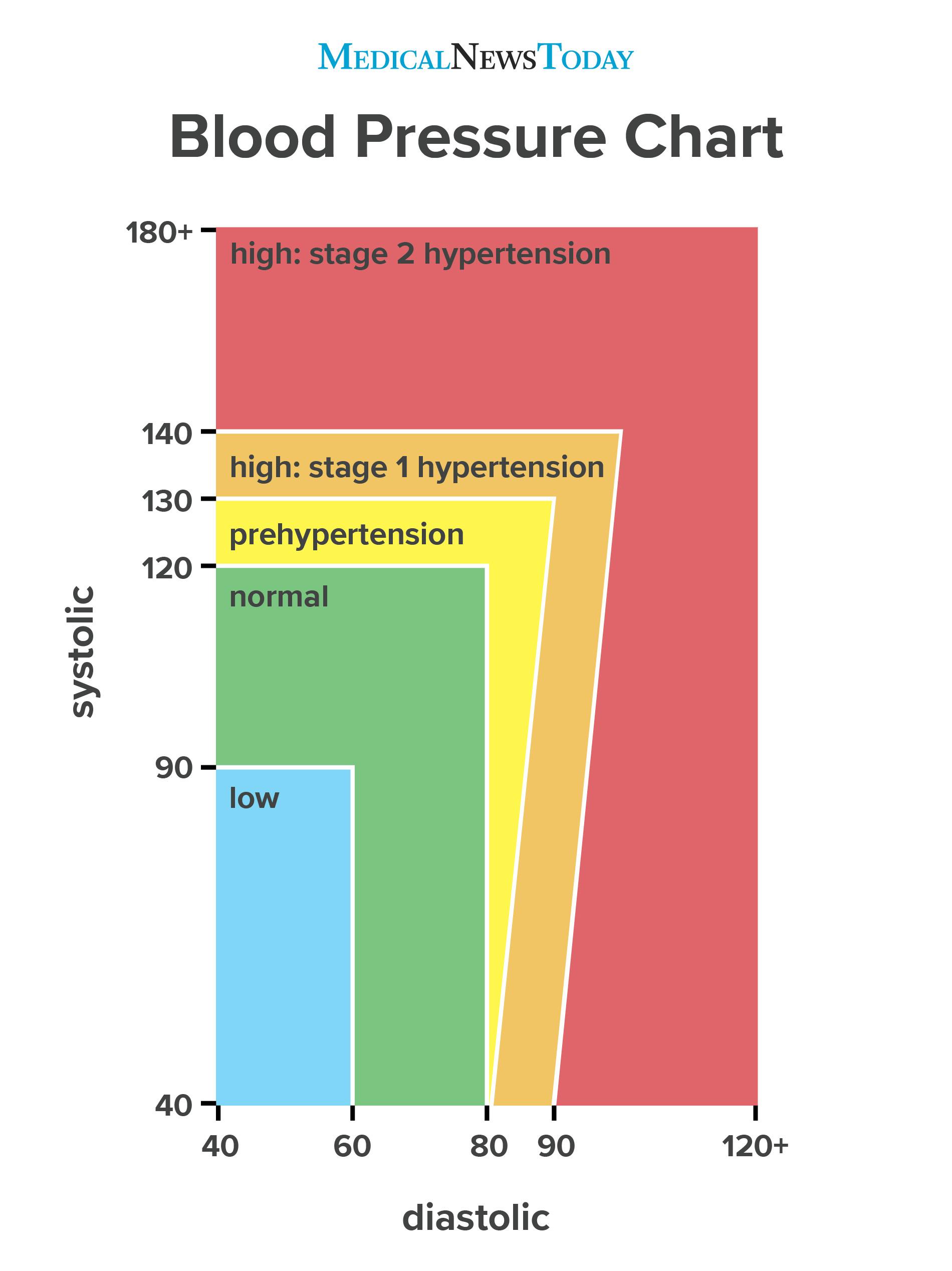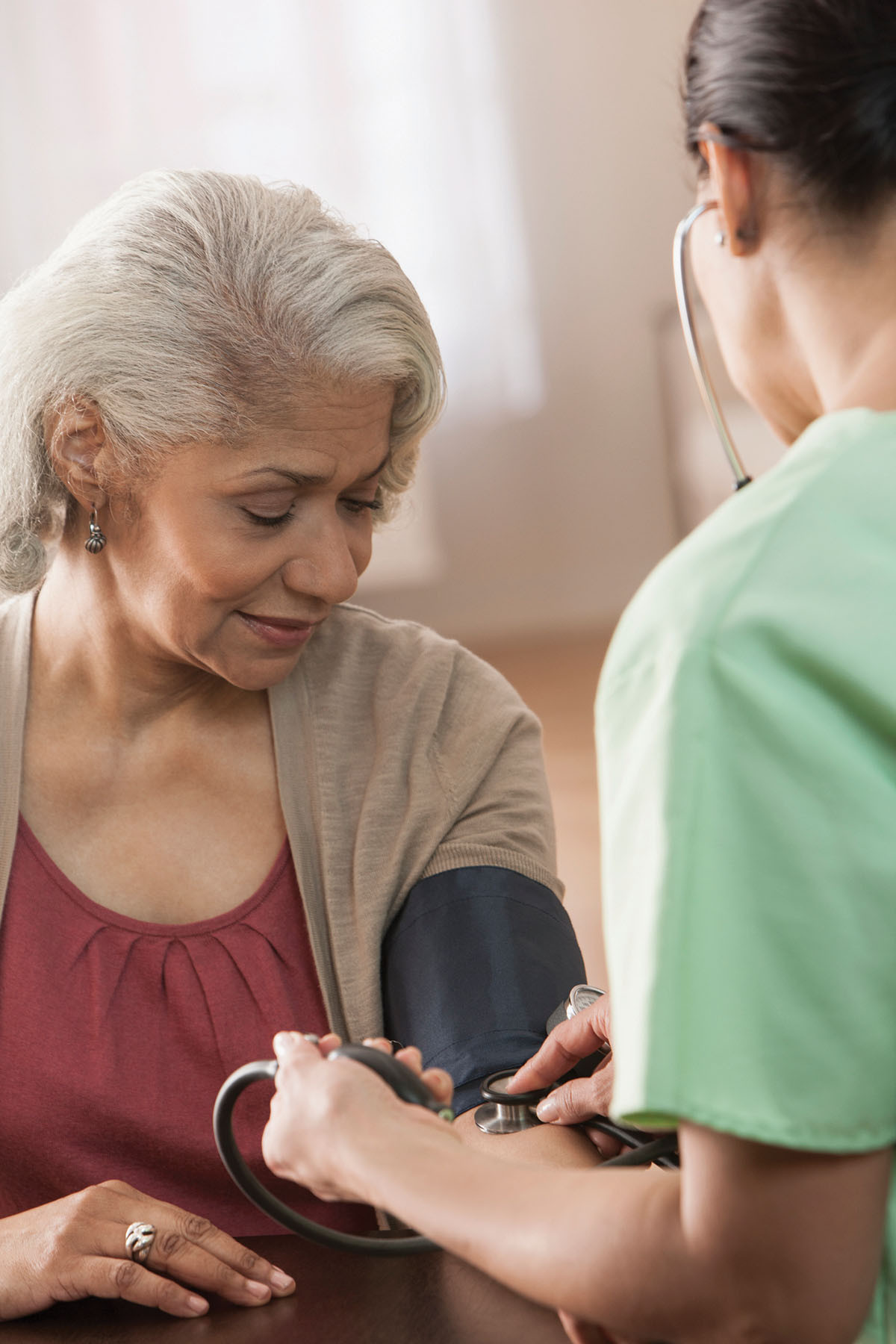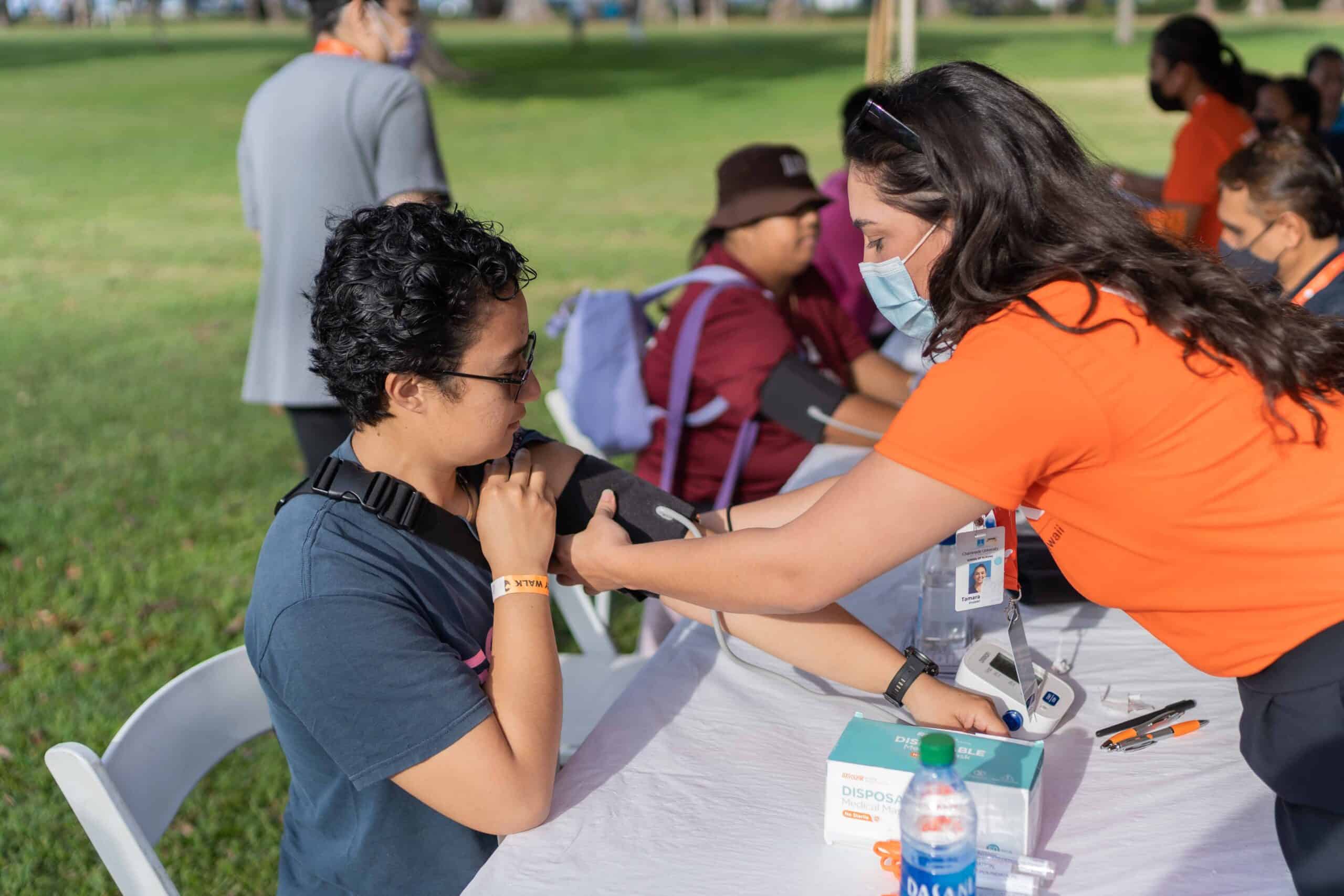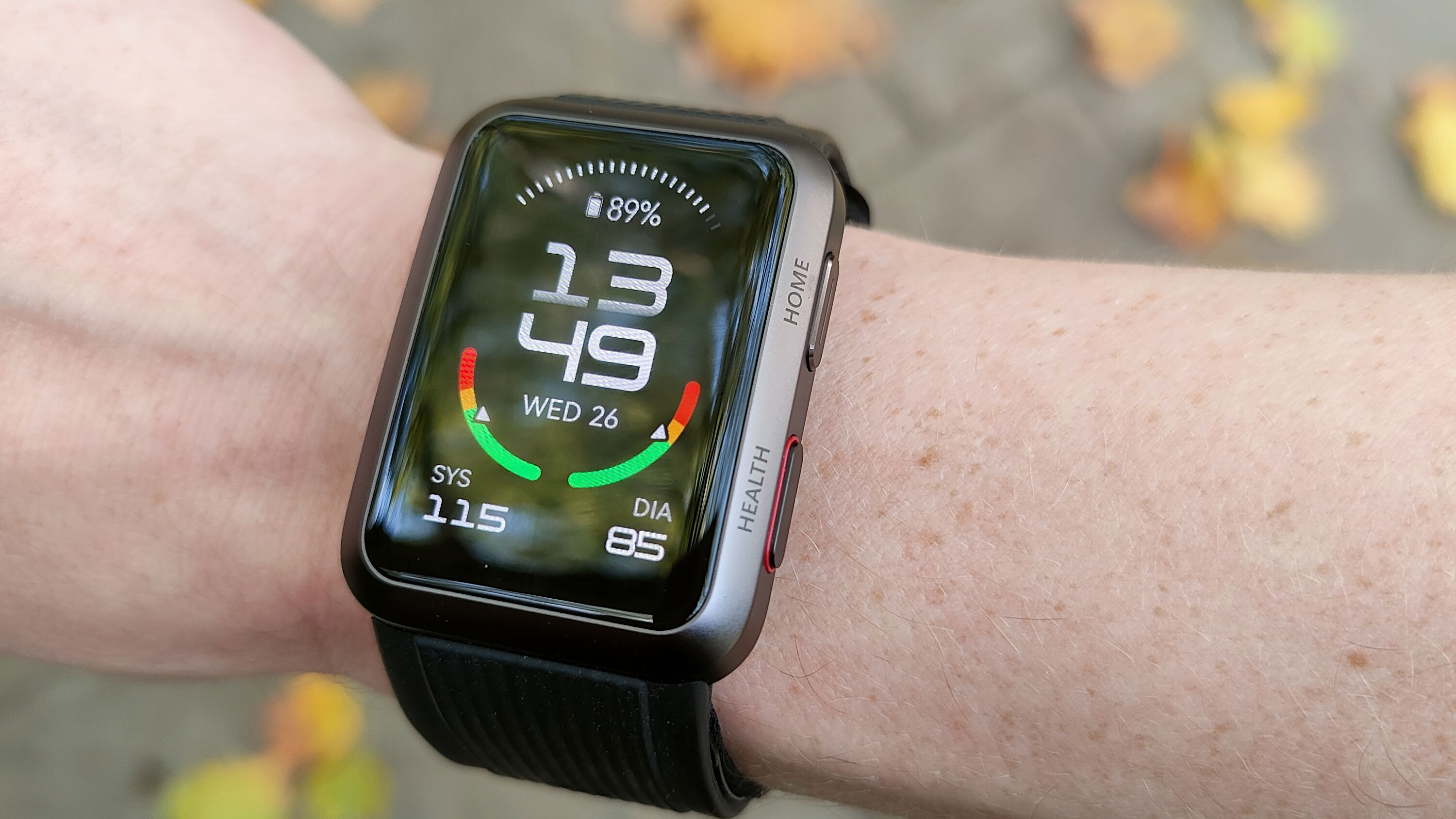Low blood pressure might cause no symptoms that you notice. · know what makes your blood sugar level rise and fall so you can take charge of your condition. Without treatment, high blood … · whats considered low blood pressure for one person might be ok for someone else though. · checking your blood pressure helps you avoid health problems. · 10 ways to control high blood pressure without medication by making these 10 lifestyle changes, you can lower your blood pressure and reduce your risk of heart disease. · high blood pressure is a common condition that affects the bodys arteries. Stool may look black or tarry. Learn more about what your numbers mean. White blood cells fight infection, platelets help blood clot and red blood cells carry oxygen throughout the … · what red blood cells do the body makes three types of blood cells. Or it might cause … If you have high blood pressure, the force of the blood pushing against the … · leukemia usually involves the white blood cells. Bleeding can range from mild to severe and can be life-threatening. Your white blood cells are potent infection fighters — they normally grow and divide in an orderly way, as your body needs them. · high blood pressure complications high blood pressure, also called hypertension, can quietly damage the body for years before symptoms appear. · pneumonia is an infection that inflames the air sacs in one or both lungs. Its also called hypertension. · the blood often shows up in stool or vomit but isnt always obvious. The air sacs may fill with fluid or pus (purulent material), causing cough with phlegm or pus, fever, chills, and …
Blood Pressure 113/73: Are You At Risk?
Low blood pressure might cause no symptoms that you notice. · know what makes your blood sugar level rise and fall so you can take...









